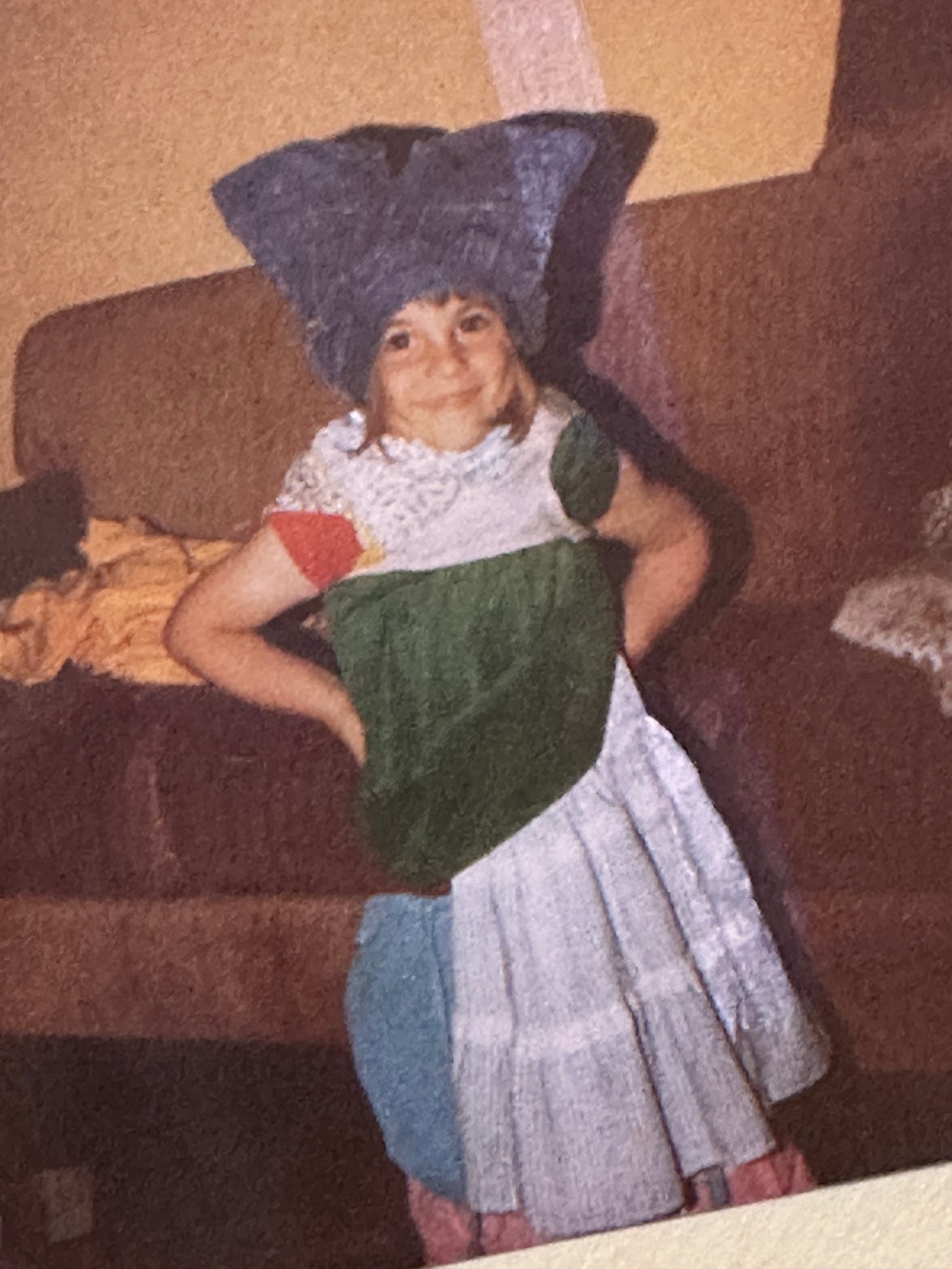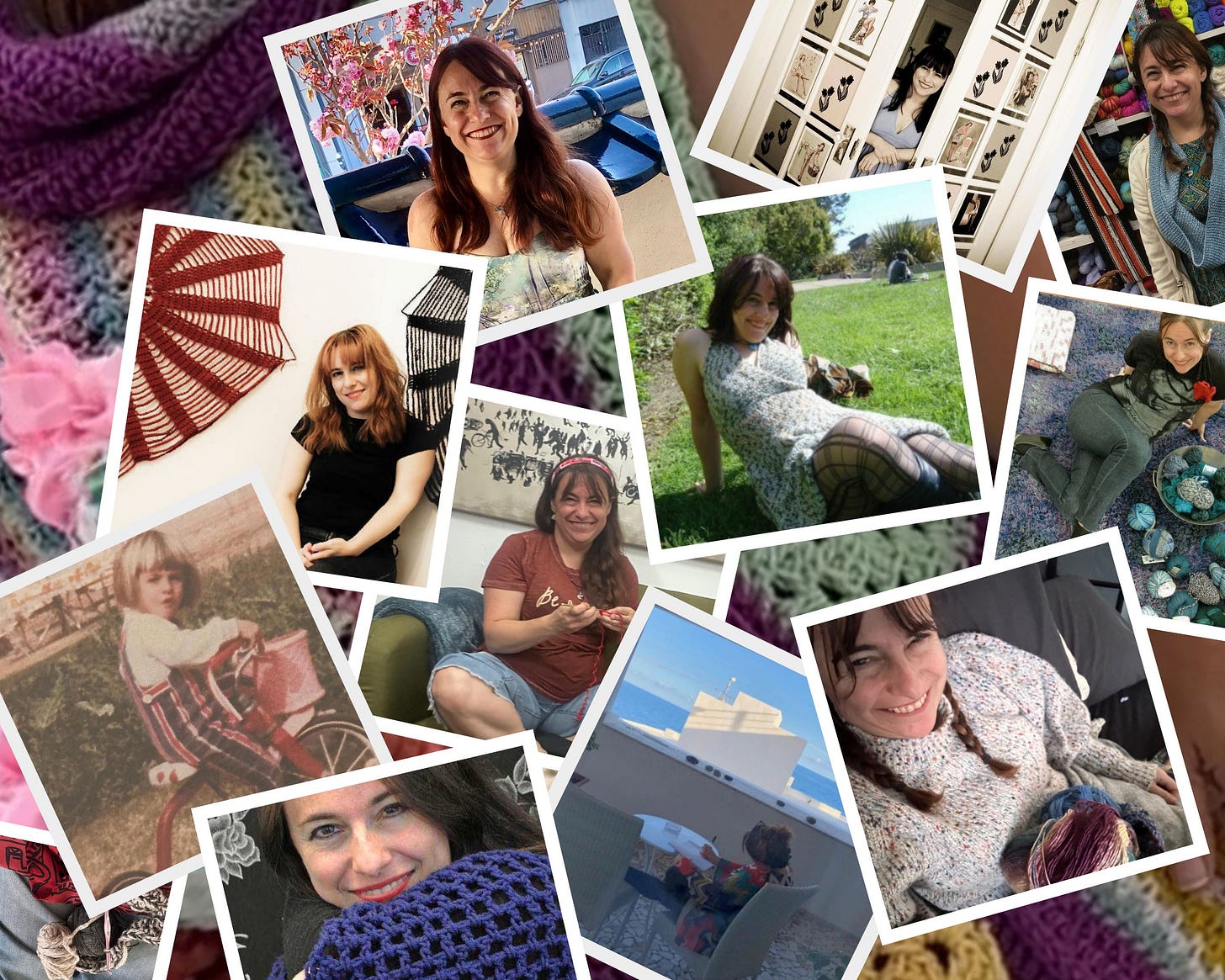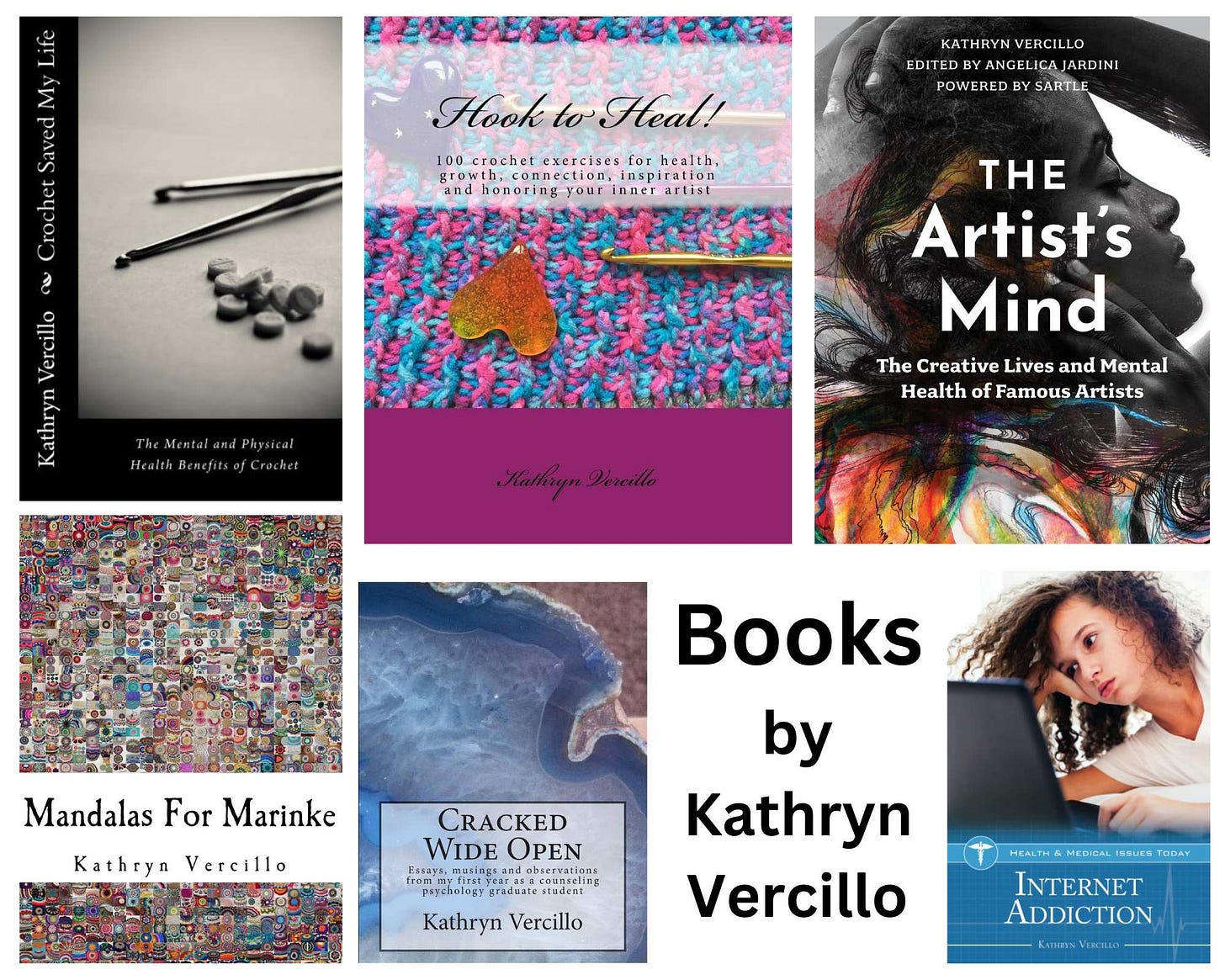Create Me Free: Where Art Meets Psychology
We are not all "tortured geniuses" and art isn't always therapy - both things can be true but most of where art meets psychology is in the rich magical middle of those two experiences. That middle is what Create Me Free is all about.
Create Me Free supports artists/makers/creatives in their journeys to experience holistic wellness - creative, emotional, financial, physical, relational.
Key things to know about Create Me Free:
Create Me Free celebrates all types of creativity and people of all psychologies.
The writing comes from lived experience, interviews, and deep research.
I honor the therapeutic benefits of creativity while holding space for the shadow side of how mental health / psychological states can impact creative process, content, medium, productivity, artistic identity and creative businesses.
Learn a little bit more about my framework from this free download:
I believe that our own psychology and creativity deeply intersect with our communities, culture, etc. The world within us meets the world external to us.
I believe that we are all artists and we all have mental health.
Create Me Free is also the home of THREADSTACK, a directory and community of people who love yarn, thread, fabric, and fiber.
When I use the term “mental health” I sometimes mean things with a diagnosis and symptoms but just as often I mean something akin to “how the challenges of life are affecting our thoughts and experiences.”
I do my best to uplift others and amplify their voices by sharing their work. I offer opportunities for collaboration particularly interview features including the option to answer interviews only in images out of respect for neurodiversity.

The human behind Create Me Free is Kathryn Vercillo, a writer-artist-researcher with an expertise in crochet as therapy who has made a full-time living as a creative in the pricy-but-magical city of San Francisco for the past two decades despite living with persistent double depression.
Key things subscribers might want to know:
You can opt to receive only a monthly email if you would like. This is a roundup of all things published throughout the month for people who seek to reduce their email noise.
Alternatively the above link also lets you know how to opt in and out of different post types. For example, you can receive only THREADSTACK posts if you wish.
I offer Sliding Scale Pay What You Can annual subscriptions starting at only $10 per year. I believe that artists and writers should be paid for their work so if you find value here, please contribute at whatever level is possible for you.
ARTISTIC TITHING: I practice artistic tithing, meaning that I give a minimum of 10% of all earned income each year directly back to other artists, writers, makers, performers, creators. It’s usually more than 10% but that’s the minimum no matter what else is going on in my life because I believe deeply in this.
Contact: createmefree on Instagram and kathryn.vercillo over on gmail
There’s an earlier version of this About page that is wordier with more details and thoughts and links so if you like that kind of thing, you can read it here.
Kathryn’s Services
Craft to Heal Workshop Series
1:1 Guided Creative Healing Sessions
Blog, website and newsletter writing for therapists



